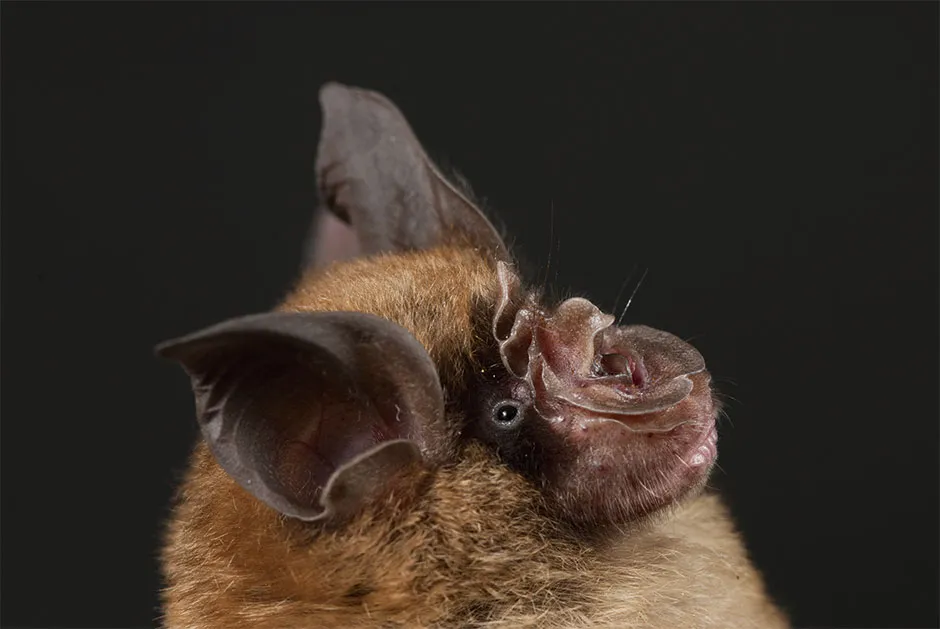It has been over a year since we first discovered the SARS-CoV-2 virus. Over this time there have been many studies trying to figure out where the virus came from and how it first infected humans.
There’s very good evidence that the virus evolved naturally, that it was spreading in China earlier than December 2019 and that it jumped from an animal host to humans. We still don’t know which animal hosts were involved, however, or exactly when this jump into humans occurred.
We know that one of the closest relatives of the SARS-CoV-2 virus, RaTG13, has been found in horseshoe bats in a cave in the Yunnan province of China, nearly 1,000 miles away from Wuhan, where the pandemic began.
While the RaTG13 virus is very similar to SARS-CoV-2, it contains differences in the spike protein receptor binding domain (which is the part of the virus that grabs on to the ACE2 protein on a human cell at the start of the infection). The differences suggest that RaTG13 would not infect humans well, meaning that RaTG13 is not likely to be the parent of SARS-CoV-2.
Instead, it’s thought that the RaTG13 virus, or a similar one, may have jumped from bats to a different intermediate animal host, where the virus further evolved before jumping into the human population.

Early research found additional, related viruses in pangolins in China. While overall these pangolin viruses were not as closely related to SARS-CoV-2 as RaTG13, they showed a similar spike protein receptor binding domain that could likely infect humans.
From these results, it was suggested that SARS-CoV-2 may have evolved when a pangolin SARS-CoV-2 and a RaTG13 virus recombined, creating a new virus that could readily infect humans, and that was what started the pandemic.
But further research has found no evidence that this recombination actually occurred and instead suggested that SARS-CoV-2 viruses have evolved in horseshoe bats in China over the course of several decades and didn’t necessarily require an intermediate host for transmission to humans.
Read more fromReality Check:
- Will my dog get lonely after I go back to the office after lockdown?
- Should we be paying more attention to our poo?
- Has the pandemic unleashed a plague of rats on our cities?
To attempt to prove the origins of SARS-CoV-2 in bats or other animals as intermediate hosts, the World Health Organization recently led an exploratory mission to China looking for traces of related viruses in many different types of wild and domesticated animals. Despite thousands of samples, the precursor virus to SARS-CoV-2 was not found.
It’s possible that the virus still lurks in untested animal populations near Wuhan. It’s also possible that the virus came from further away, travelling to Wuhan through intermediate hosts or through the wild animal trade. But we may never know. It can take years until the animal reservoir of an infectious disease is identified and for some diseases, the exact origins often remain unknown. Despite these difficulties, the hunt for the origins of SARS-CoV-2 will continue.
There are good reasons to look for the origins of the SARS-CoV-2 virus, although they may not directly affect our current situation or our ability to control the pandemic. If we’re able to discover the origins of the virus we may learn if there’s an unknown reservoir of the virus in some wild animal population that may pose risks of future SARS-CoV-2 outbreaks. This is especially true if we discover that the virus did evolve solely in bats and doesn’t need further evolution in an intermediate host before it’s able to infect humans.
We may also discover related SARS-CoV viruses and be able to take steps to prevent their jump into humans. In the long run, by understanding where the virus came from, we’ll be better positioned to stop new animal viruses entering the human population, possibly preventing future pandemics.
Visit the BBC's Reality Check website at bit.ly/reality_check_ or follow them on Twitter@BBCRealityCheck
